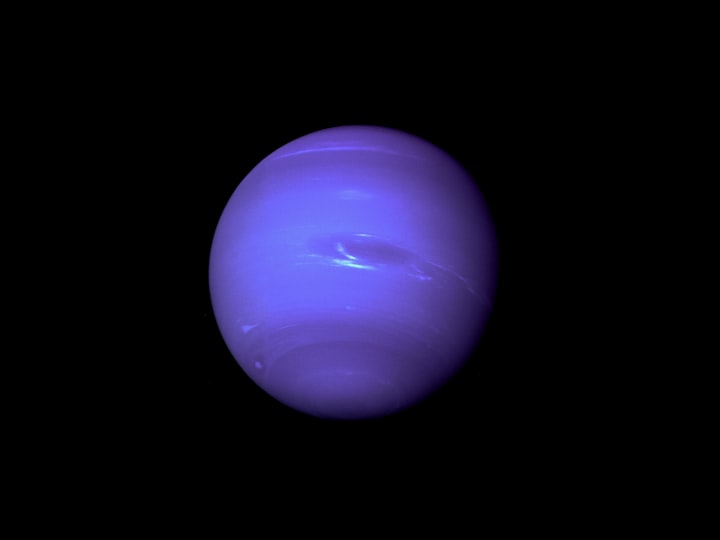Dyson Sphere
What would happen if we built a dyson sphere

What if we could engineer a gigantic mega structure capable of harvesting the every bit of the sun's energy, something known as a Dyson Sphere.
The idea of Dyson sphere was well stolen from aliens. In 1960 astrophysicist Freeman Dyson theorised another advance civilisation that found a way to meet their ever-increasing energy and space demands. What that advance alien civilisation could have done is rearrange their solar system. This hypothetical advanced civilisation built a hollow sphere around their own sun, and provided themselves with an incredible amount of energy and habitable re-estate.
But how about us humans? How would we go about building this space-level structure? There are many questions to answer like
How long would it take to build it?
Where would we found the materials and minerals?
What we could do with the structure once we finally built it?
The Sun is the ultimate power house of energy, a furnace which 100 quintillion times more powerful than our most efficient nuclear reactor. The Sun shines with the energy of a trillion nuclear bombs per second. Theoretically if we built a Dyson sphere around the Sun we will have access to a colossal 400 septillion watts of solar energy. That is a trillion times more power than our civilisation consumes today. But perhaps the biggest problem is no known material is strong enough to handle all the space radiation and even if we created one in very large quantities, a tiny gravitational pull towards the sun would make our solid sphere uninhabitable not to mention it would be totally unstable, every meteor strike could push a part of the sphere towards the star. But all these issues can be solved with a simple adjustment, instead of building a solid Dyson sphere, we can build a can build a Dyson swarm. A myriad with solar collectors with their individual orbits around the sun.
Let's start with a small station, one that's able to provide the energy needed for the construction of this project. We will begin on Mercury it will be our space mine for the iron and oxygen we will need. From these elements we will make highly reflective solar collectors. The giant mirrors would reflect light into a small solar power plant, from there it would beam the energy to where we need it. Although in this mining process we might demolish mercury entirely before we move to Venus and other outer planets we can even use all the near by astroids in the Kuiper belt. Although by even just deconstructing mercury would supply us with enough energy to power up our supercomputers, and boost interstellar exploration then think what all humanity could achieve by harvesting sun's energy using the Dyson sphere.
We might build Earth-like oases, large rotating solar colonies in the habitable zone of the solar system, send small spacecrafts to Proxima Centauri the closest solar system to ours which is still four light years away.
The second planter of the Proxima Centauri system, Proxima Centauri b is located within the habitable zone which might make the planet habitable and harbour alien life by using the energy of the sun. instead of only making hypothesise we will be able to send rovers and robots to this Exo-planet to explore. We could also explore the milky-way galaxy the possibilities are endless!
The creation of Dyson sphere would have to be a global effort since simply no one country alone could even think of building this megastructure.
It might take centuries to build a technology advance enough to even attempt building the Dyson sphere and would take at least 200 years of time in constructing it, not to mention the cost would be enormous probably way more than the economy of all the countries combine which might never leads to its creation.





Comments
There are no comments for this story
Be the first to respond and start the conversation.